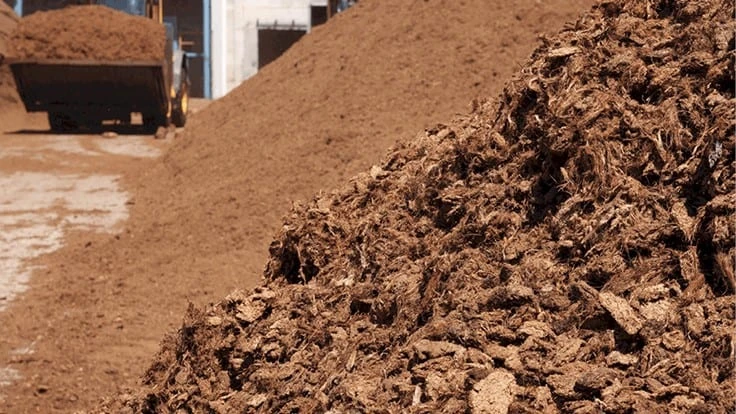

For greenhouse operations looking to improve their growing substrate selection, a key step in the process is finding a growing substrate that fits a business’ specific needs, says Neil Watson. The West Coast sales representative for Pindstrup says the company that can offer a variety of options to growers is a key. That way, he says, a grower is getting exactly what they need based on their pot size, their growing environment and plants they grow.
That’s where Pindstrup comes in. According to Watson, the company works hand-in-hand with growers to find the exact recipe that's right for their business.
“It could be a small liner, it could be a 40-liter pot. To be able to provide a recipe that matches the application gets you closer to ideal growing,” he says. “To have a one-size-fits-all substrate, you're definitely making concessions. You’re saying, ‘Well, it’s good, but not perfect.’”
For instance, a grower producing plants in 4-inch and 6-inch pots and in hanging baskets could choose to purchase one substrate and use it with everything they grow. But, Watson says, if a grower does that, it can result in a diminishing return.
“Having those ideal substrates will allow you to have the ideal root systems and aeration for those crops based on that size,” he says. “If you take a container of any size, the larger the container you have, the more important [role] structure plays in providing aeration and drainage to your plant. If you don’t change your particle distribution size, it becomes a mass of substrate that doesn’t breathe well. If you step up a little bit and obtain that correct structure a resulting sponginess or spring back to your substrate will result, then the plant roots are going to respond to that availability of air spaces with increased root mass and root hairs, which translates to healthier plants.”
Pindstrup has 18 different peat types or screenings to work with, Watson says.
“In our state of the art screening plant, raw peat passes through several screens to divide it into fractions with well-defined distribution of particle sizes,” he says. "With the right combination of screens and sieves, we can separate the raw peat into different fractions, ranging from very fine (0-3mm) to very coarse (>40mm). With the option of mixing in different ways, we are able to always supply the exact screening that suits the specific needs of each customer.”
Products like the Pindstrup 5-20mm and the Pindstrup 10-30mm are among the products most widely used by growers for a variety of applications. Watson, a former grower with 20 years of experience, can offer his product recommendations after seeing a growing operation. He can then guide that grower through trials to help them understand the new substrate and how it is improving their experience. There is no rush for the grower to make a decision or change until that benefit can be seen. It’s all about helping them make the right decision for their business.
“We are very careful in getting the grower the right material for the right application,” he says.

Explore the March 2020 Issue
Check out more from this issue and find your next story to read.
Latest from Greenhouse Management
- Anthura acquires Bromelia assets from Corn. Bak in Netherlands
- Top 10 stories for National Poinsettia Day
- Langendoen Mechanical hosts open house to showcase new greenhouse build
- Conor Foy joins EHR's national sales team
- Pantone announces its 2026 Color of the Year
- Syngenta granted federal registration for Trefinti nematicide/fungicide in ornamental market
- A legacy of influence
- HILA 2025 video highlights: John Gaydos of Proven Winners





